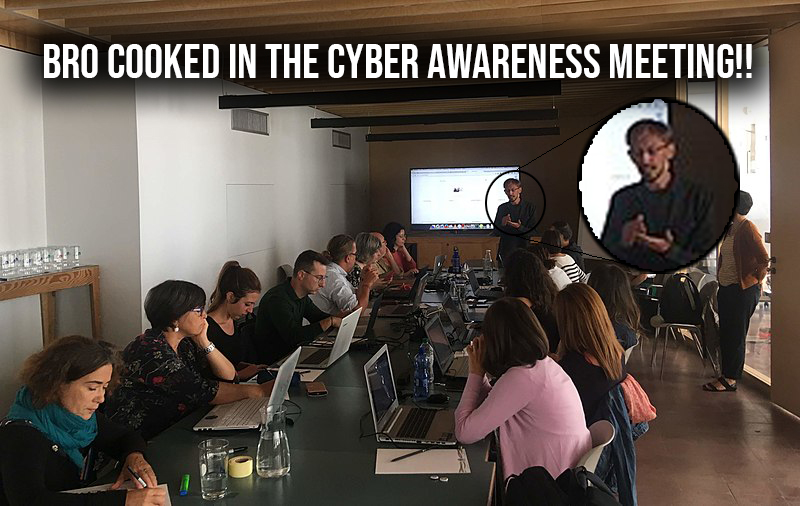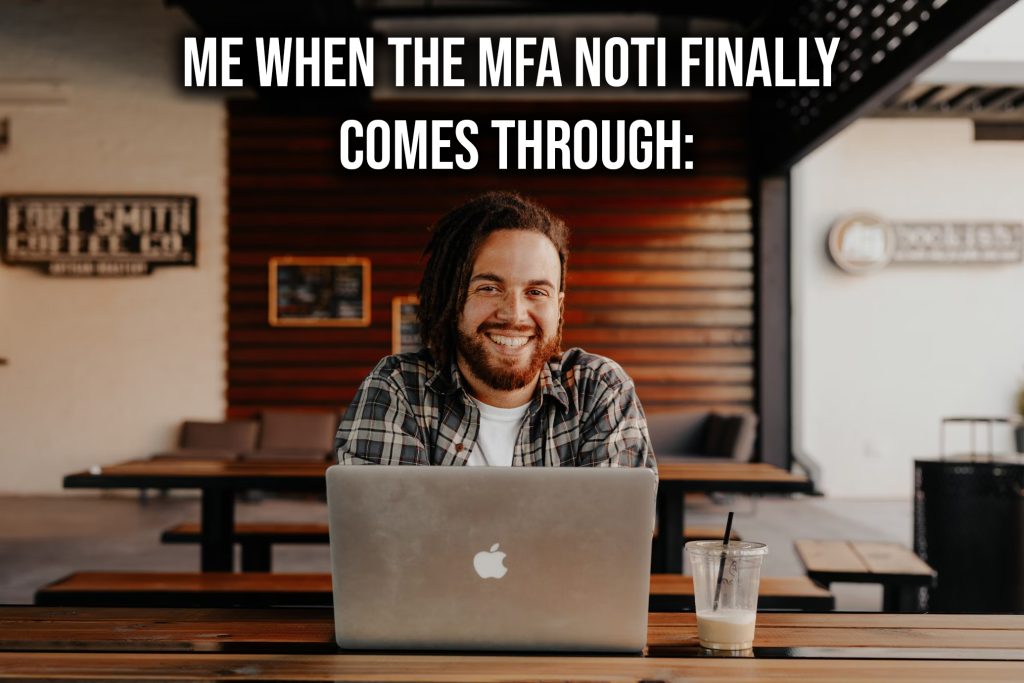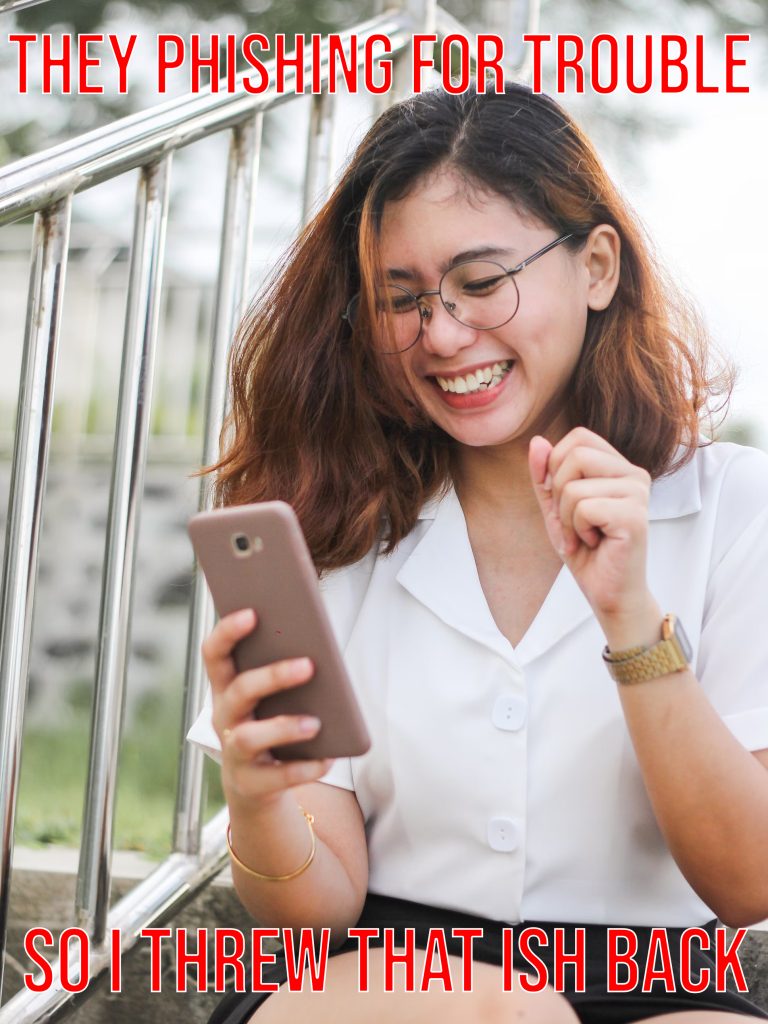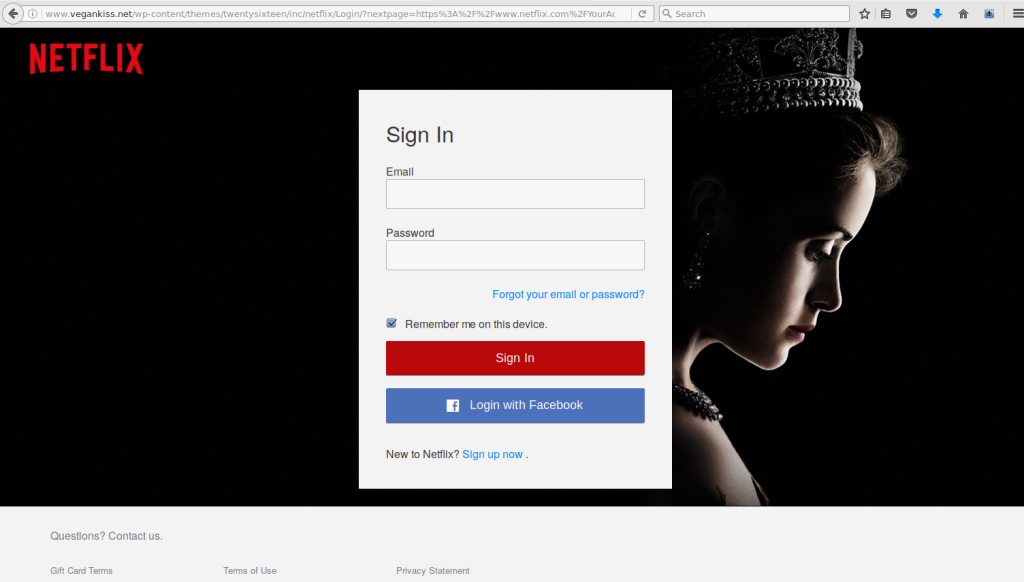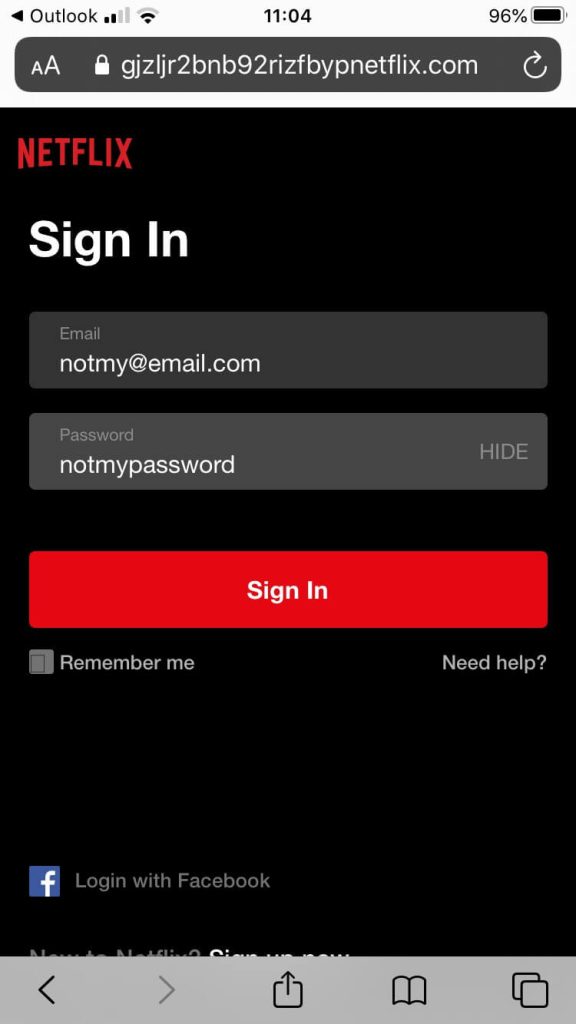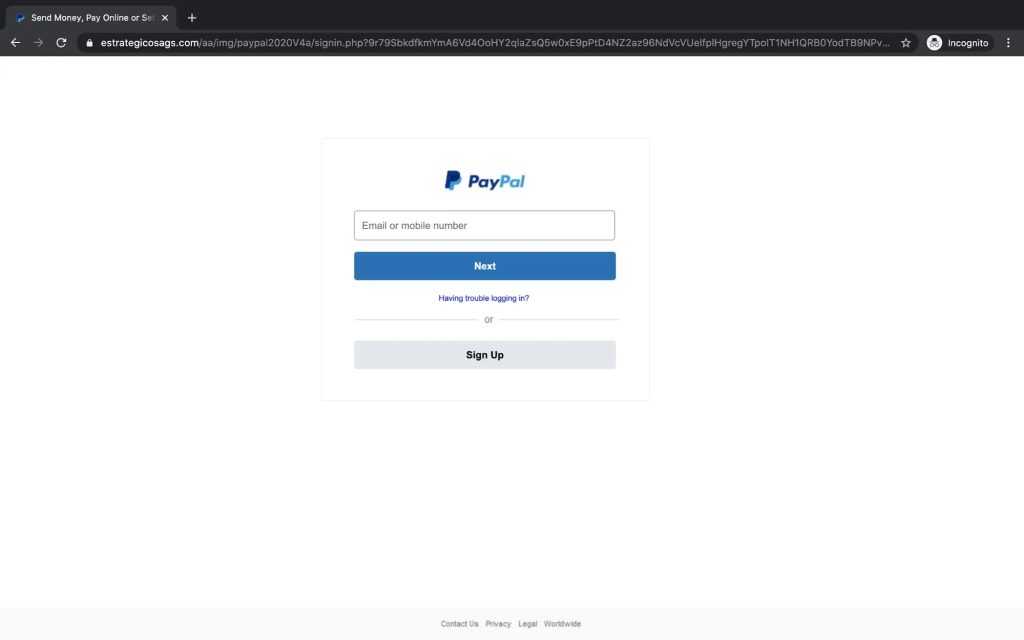Read this and write a journal entry summarizing your response to the article on social cybersecurity.
The article, referenced above, illustrates the criticality and importance of adapting to the new capabilities of technology in regard to the defense of the U.S. as well as the militaristic capabilities of the U.S. One topic of the article was physical presence in reference to the influencing of a nation and the fact that in today’s times a person or group doesn’t necessarily need to be in a place for them to be able to influence the masses. In my opinion, this is one of the most important topics of discussion simply because the power that social media, and media in general, has. The one that could be of greatest influence is YouTube, and I don’t believe it’s close at all in comparison to the other media outlets.
Instagram, Twitter, and TikTok are all platforms that do best with short form content, content that’s usually no longer than a minute in duration. While these platforms do well at going viral the quickest, specifically TikTok, it won’t be as memorable as longer form content, in the context of influence that isn’t comedic or creative. On these platforms, comedy/creativity is going to be a key factor in engagement as well, and it’s going to be difficult for viewers to take the speaker seriously if they aren’t bringing some type of positive engagement to the table. With that being said, it will be difficult to give a formal address about a topic on these platforms.
YouTube, on the other hand, would be exponentially better for a formal address as the audience is larger and the reach is probably going to be larger as well. Note, short form content platforms have reach as well, but are forgotten just as quickly as they are discovered. YouTube has more longevity. The difference between the YouTube and short form platforms are through YouTube an individual could quite literally reach a percentage of the entire population and, to an extent, YouTube doesn’t fully rely on trends in the way short form content tends to, increasing longevity.
To bring the focus back to the realm of social cybersecurity, the aforementioned information and platforms could be used to cater to an agenda that the speaker in these videos may have. Strategies of information manipulation, another big topic in the article, could be used to manipulate the facts/data/message pertaining to the video and influence the audience in a way that we may/or may not deem to be fit. It gets tricky because there isn’t a limit to this either, and anybody could do it because people will believe almost anything as long as it is delivered in a way that is convincing enough for them. It’s an issue that is virtually impossible to combat for the same reasons; anybody could be perceived to be wrong, a liar, an enemy, etc., at any given time depending on where that message aligns with a person’s beliefs. There are outliers, open thinkers, but for the majority it’s going to be a matter of personal morals and beliefs.
All in all, through media outlets, anyone can reach anybody, no matter where they are in the world, as long as there is a connection to the internet and a device to facilitate the message, so it is important that individuals utilize skills, like critical thinking/analysis for example, to avoid being a victim to misinformation.

